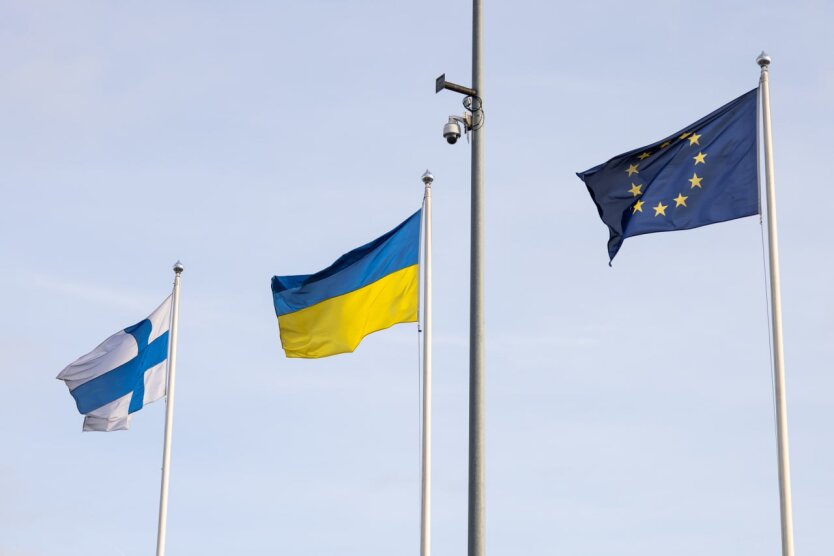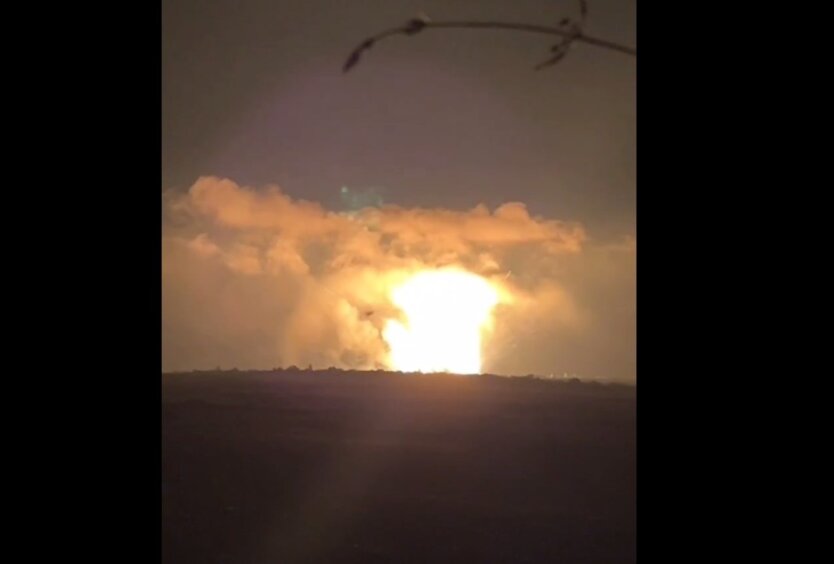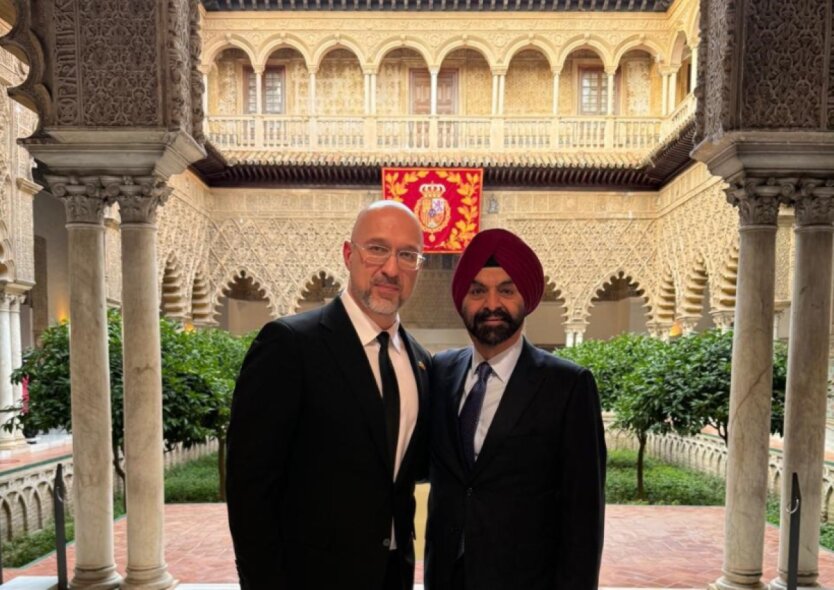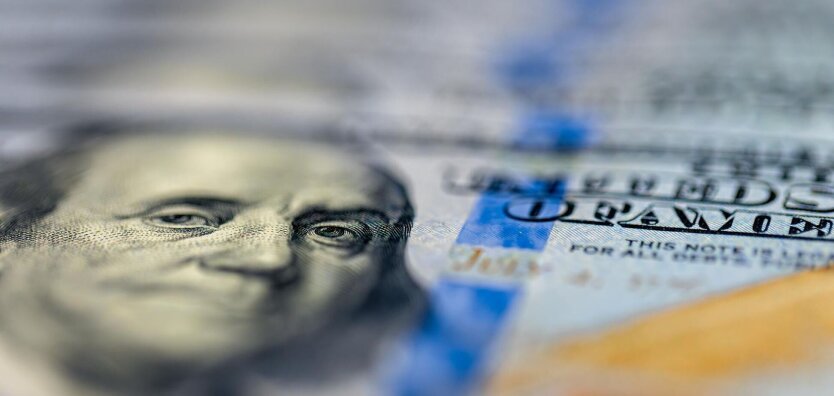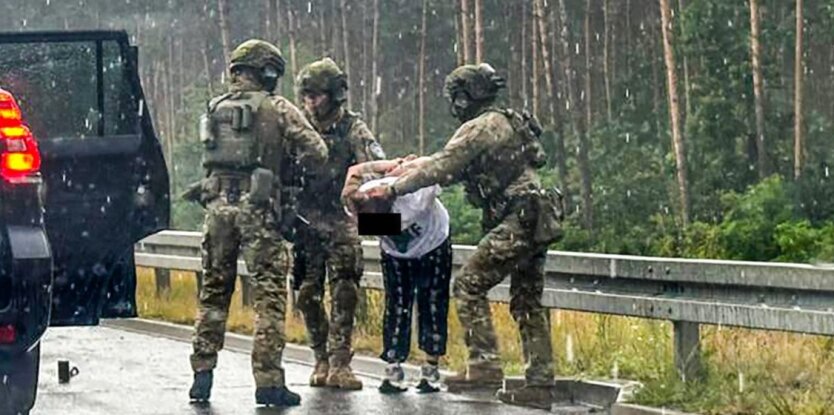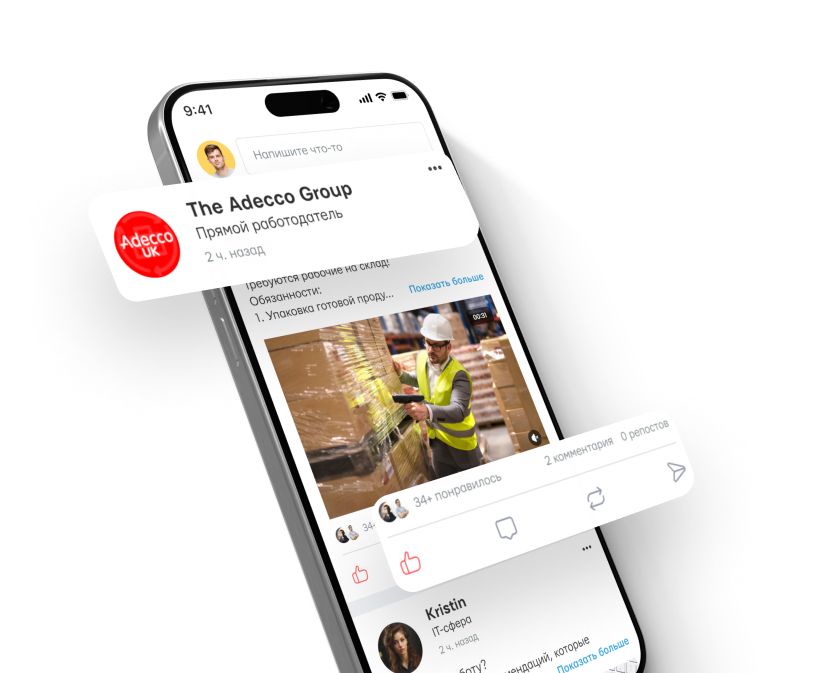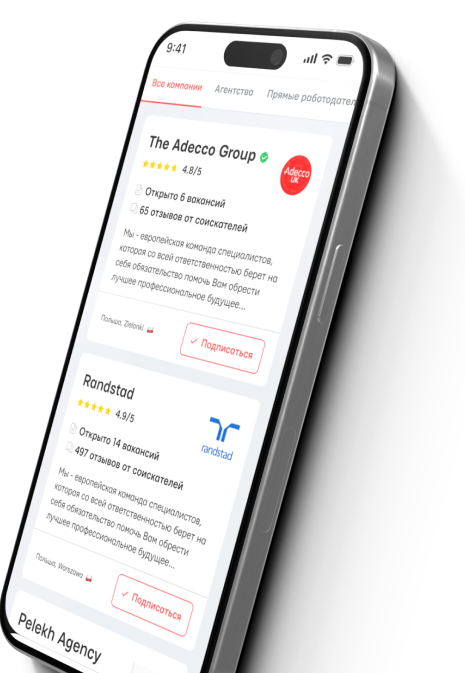How to Check 100 Dollars for Authenticity.

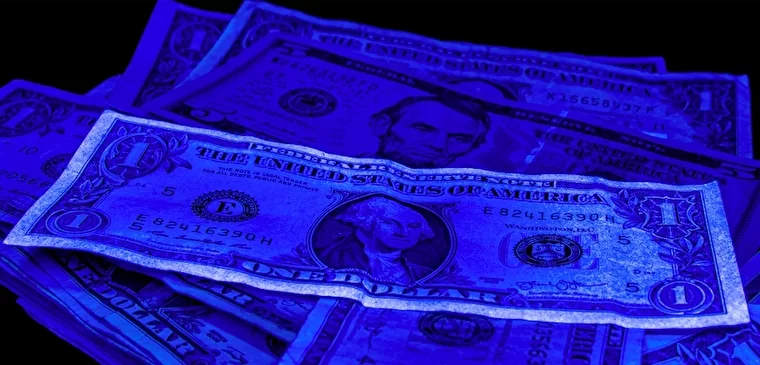
One of the biggest problems in the economy is currency counterfeiting. Especially with the most popular currencies like the dollar and euro. Therefore, the question of how to check 100 dollars of the old series remains relevant, as with any other currency.
Moreover, it will not be superfluous to know how to check 100 dollars from 2006 and how to check 100 dollars from 2009, as these are old series banknotes.
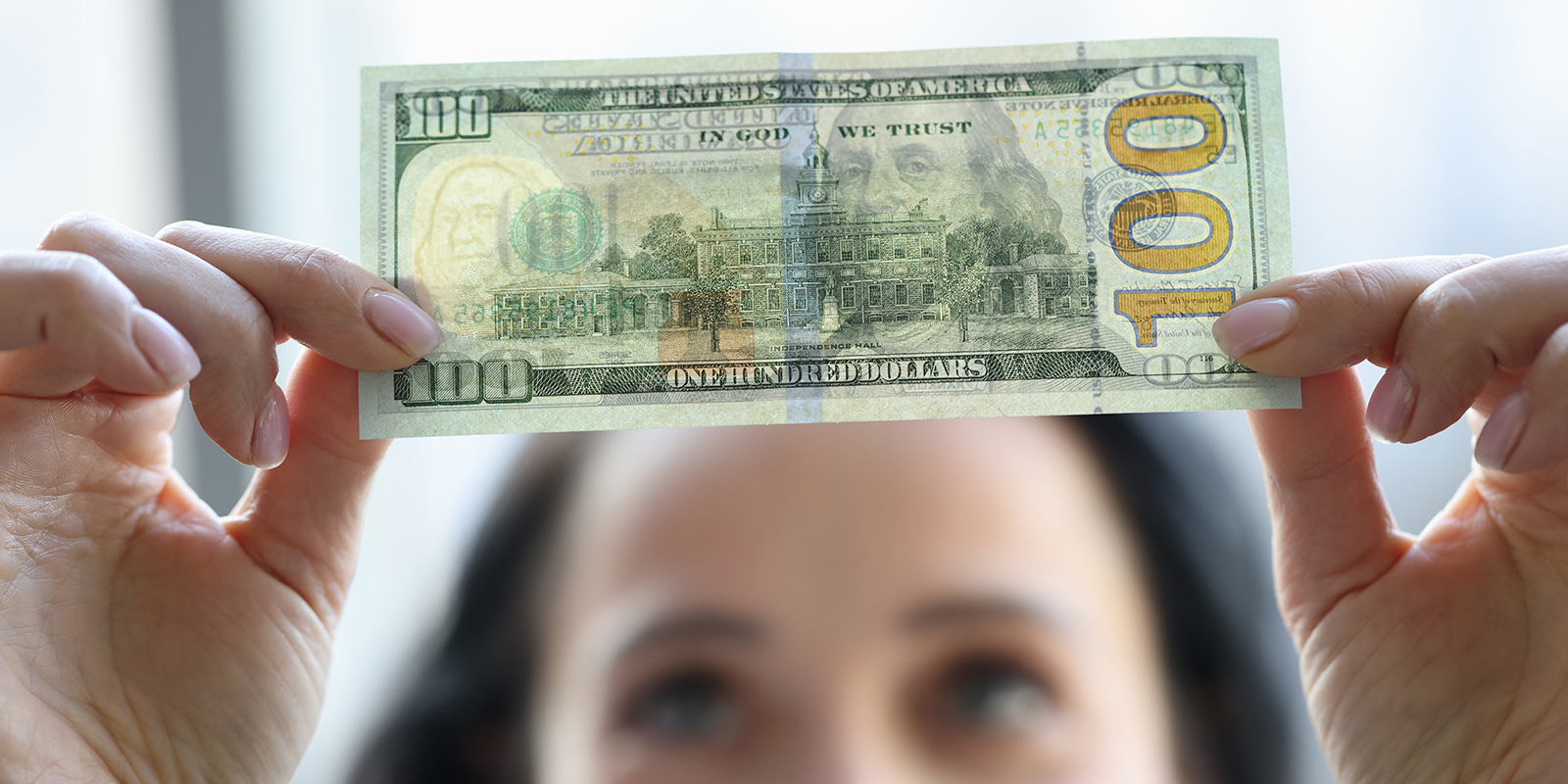
There are many ways to check 100 dollars at home available online, as many people face such issues. However, not all methods are equally good.
How to Check a 100 Dollar Bill?
So, when the problem arises of needing to check old and new banknotes, even at home, any safe methods for the bill may come in handy.
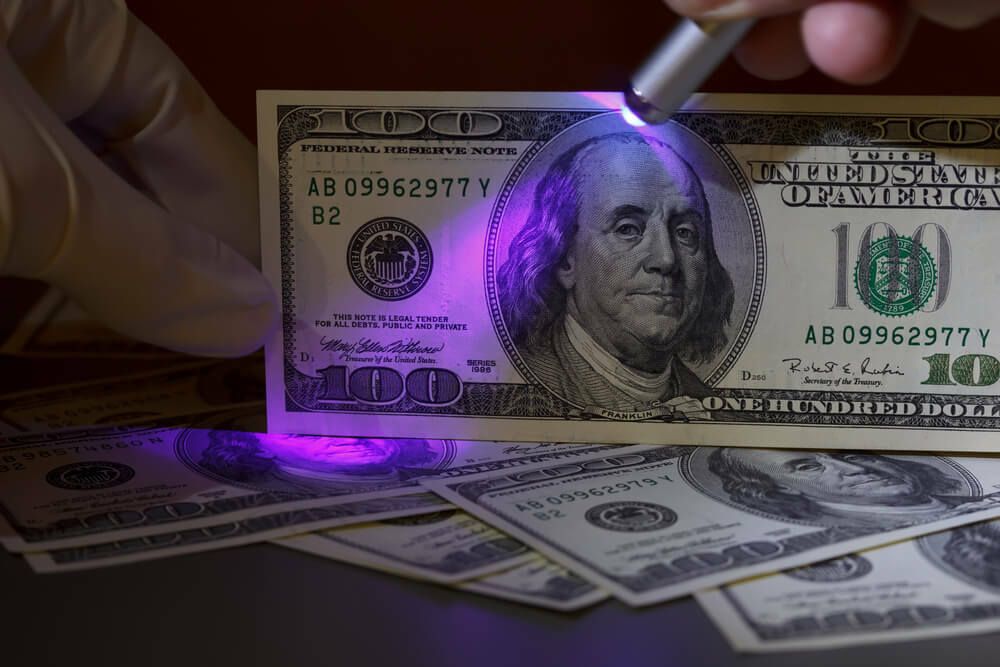
First and foremost, you should examine the bill. If possible, compare it to another bill (with its authenticity, there are no problems).
What to pay attention to:
-
Paper texture. Real banknotes are printed on special cotton paper, which differs from ordinary paper. It should be dense, not glossy.
-
Watermark.
-
Security thread. A polymer thread embedded in the paper of the banknote with the inscription "USA" and the denomination of the bill (100). The thread is visible only when shining a light through the banknote.
-
The number "100" with different colors. In the lower right corner on the front side of the banknote, the number "100" changes color from copper to green when the bill is tilted.
-
Microprinting. Near the collar of Franklin's portrait, as well as on other parts of the banknote, there is small text that can only be read under significant magnification. For example, the text "USA100" on the collar and "The United States of America" on the stripe next to the portrait.
-
Security ribbon. On the new version of the banknote (series 2009 and above), there is a three-dimensional blue ribbon on the front side that moves when the bill is tilted.
Next, the banknote needs to undergo ultraviolet testing. Under ultraviolet light, the security thread should glow red. However, not everyone has the ability to use this method.
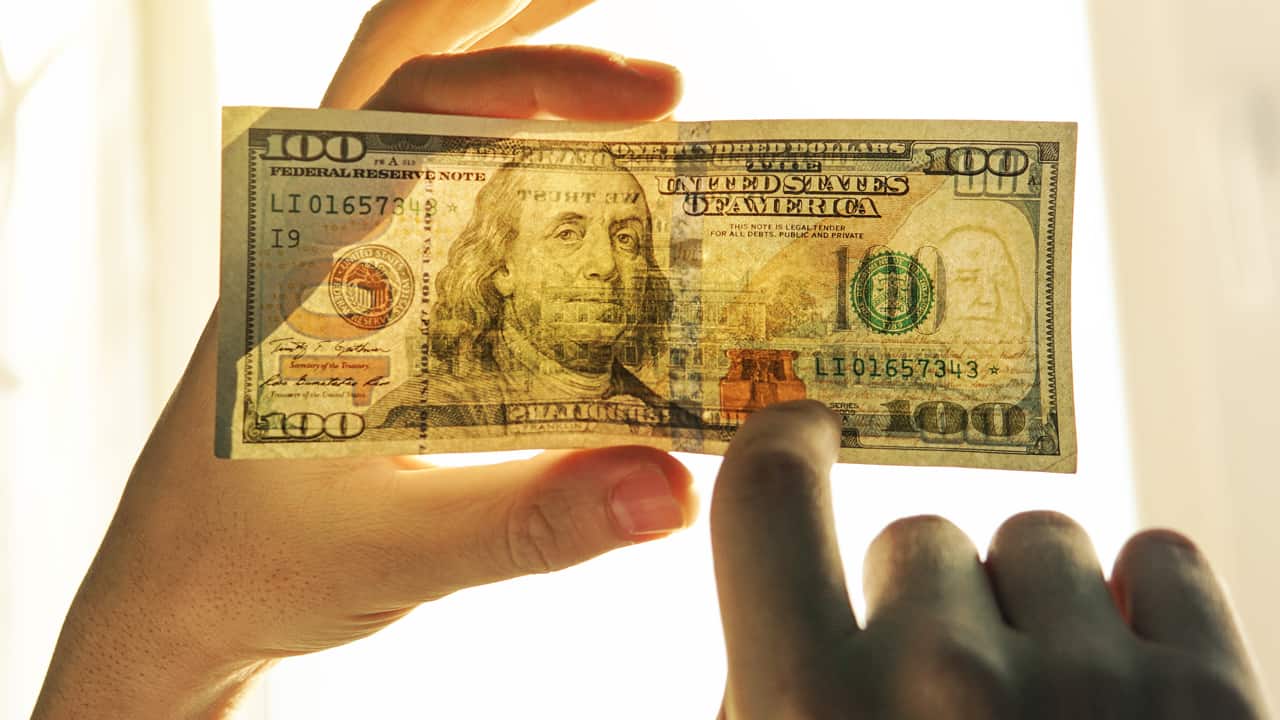
Next, examine the embossed elements. Some parts of the image on the banknote, such as inscriptions or portraits, should be slightly raised and felt when pressed. As a last resort, you can check the serial number of the banknote. The serial number should match the year of issue and be unique. If serial numbers are repeated or poorly printed, it may be a sign of counterfeiting.
A Global Problem: Counterfeit Dollars
In fact, the desire to check dollars arises often and not without reason. The problem is that counterfeiting foreign currency, especially such popular currencies as US dollars, euros, and pounds sterling, remains a global issue. It happens so often that it is hard to imagine. And often the counterfeits are made so skillfully that it is impossible to suspect any deceit.
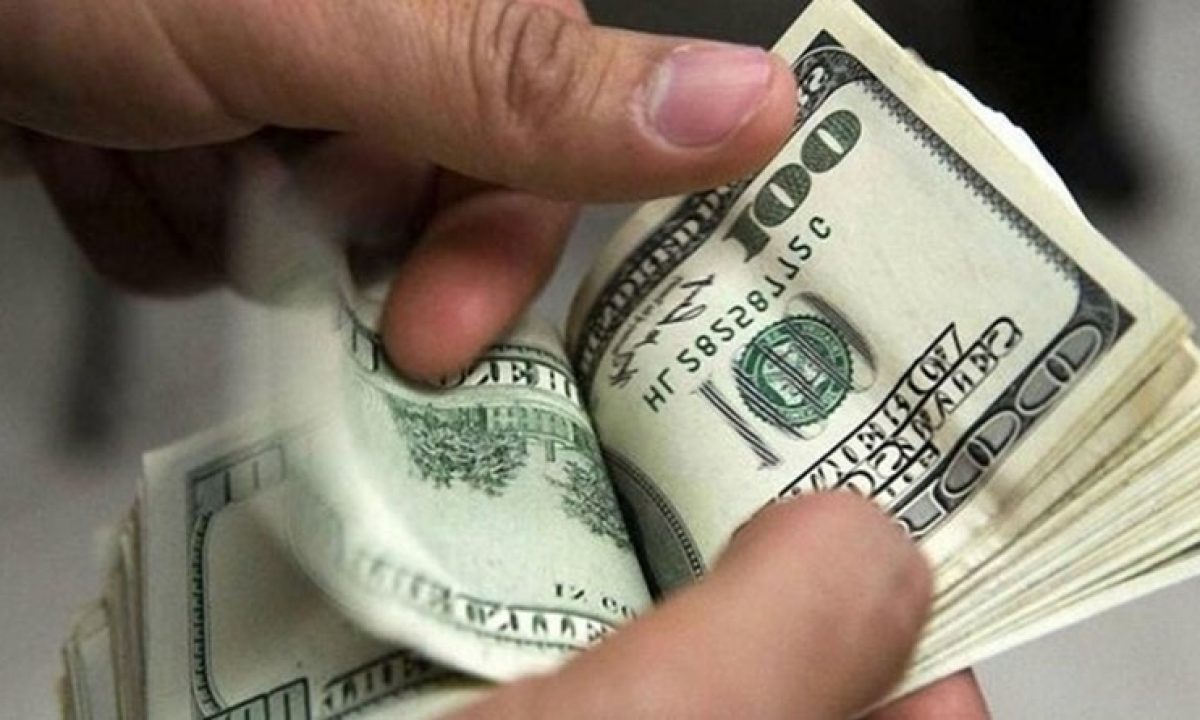
In general, the frequency of counterfeiting depends on several factors:
-
Currency popularity. The more widespread the currency, the greater the likelihood of counterfeiting. The US dollar and euro are among the most counterfeited currencies in the world since they are often used in international transactions and stored as reserve currencies.
-
Economic situation. In countries with unstable economies or high inflation, there may be an increase in counterfeiting, as demand for more stable foreign currencies increases.
-
Technological advancements. Modern technology allows for the creation of increasingly high-quality counterfeits. However, central banks and government agencies regularly update the security features of banknotes to complicate counterfeiting.
-
Counteraction measures. The frequency of counterfeiting also depends on the effectiveness of law enforcement and international cooperation in combating counterfeiting.
On average, the proportion of counterfeit banknotes in circulation depends on the country, the year of issue of the notes, and even the popularity of the currency in a particular country. For example, in the US, there are fewer than 10 counterfeit banknotes for every million banknotes in circulation. In Europe, this figure is small, but periodic spikes in counterfeiting activity are recorded.
To protect against counterfeits, central banks conduct informational campaigns, issue new series of banknotes with improved security features, and implement measures to detect and combat counterfeiting. While the problem remains global, it is not critical.
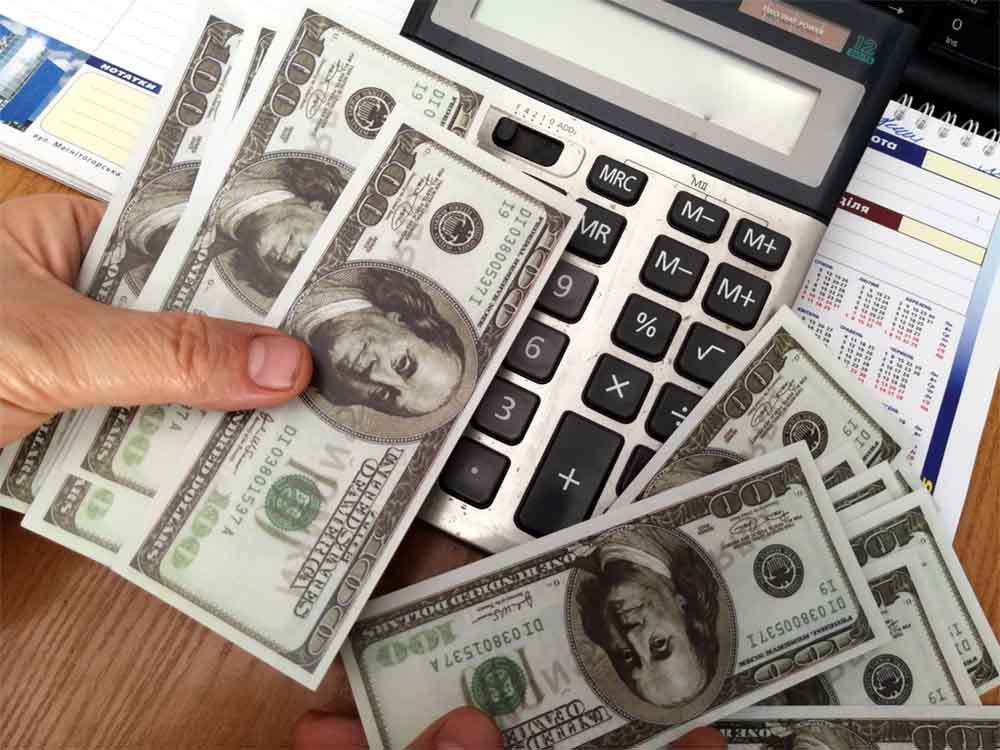
If you do end up with counterfeit dollars, it is important to act properly to avoid possible legal consequences. First of all, you should not try to use such a bill. There are already criminal responsibilities for this. You should immediately contact the bank. They will either deny or confirm the possibility of such an unpleasant situation. Then it is better to report the situation to the law enforcement agencies.
Read also
- Finland Launches Large-Scale Trade Project with Ukraine
- Ukrainian Armed Forces hit a huge ammunition depot of the occupiers in Khartsyzk, it detonates: video
- Post-war Reconstruction: What the Government of Ukraine and the World Bank Are Planning
- Ukrainians are being sold counterfeit dollars and euros: which denominations are most often counterfeited
- Republican Congress members demanded Trump explain the suspension of arms supplies to Ukraine
- Mass Arrests of Ukrainians in Poland: What Happened

